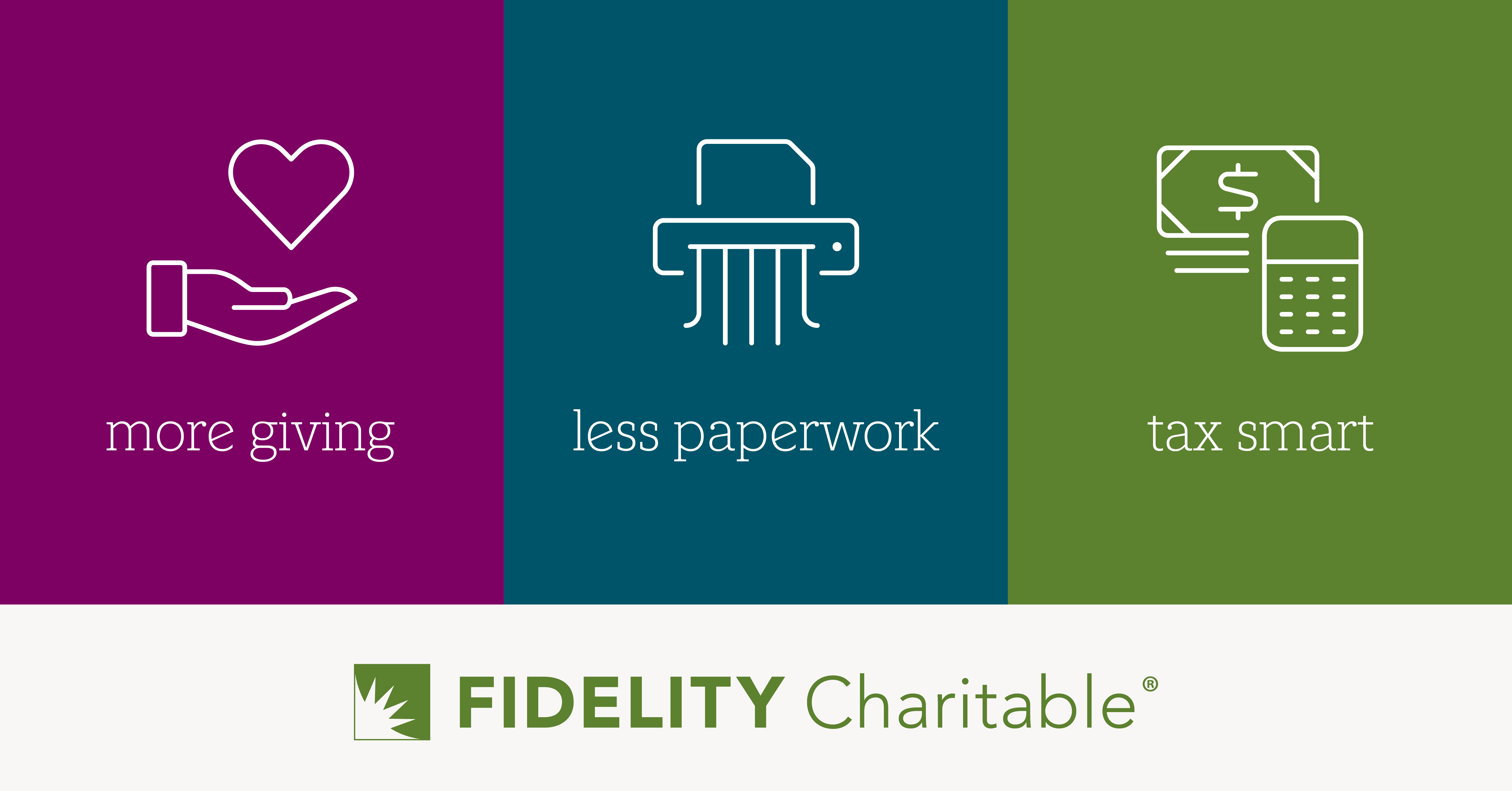Question:
My team and I are talking about revamping the benefits we offer to our employees. Any advice on what to include so that we can continue to support a diverse and inclusive workforce post-COVID?
Answer:
For our purposes, I’m going to steer this conversation away from compliance-related benefits (like FMLA) and focus on the benefits that support a diverse, inclusive, and equitable workplace. Let’s start at the top of the “must-have” list:
1. Paid caregiver leave
If you’re not already offering paid caregiver leave (as opposed to maternity, paternity, or parental leave), now’s your chance to start. Pre-COVID, women were the majority of the US labor force (50.04%) and still performed more unpaid labor per day than men. COVID has made this burden heavier with nationwide school and daycare closures. In April, full-time working mothers with spouses reported spending at least 71 hours per week on unpaid labor.
By offering paid caregiver leave, you’re signaling to all your employees—not only new mothers—that they have the right to take care of their loved ones.
Moreover, caregiver leave:
-Recognizes the growing demands of caring for elderly parents. The number of 40-to-60-year-olds who financially, emotionally, or domestically support at least one child and a parent over the age of 65 is increasing.
-Removes the stigma associated with paternity and maternity leave. Fathers want to stay home with their young children too, but nearly two-thirds of men believe that taking time off to spend with children would be perceived as a lack of commitment to their jobs.
Note: Offering flexible/remote work arrangements so caregivers can take care of their families is helpful. But be aware of the law of unintended consequences. Flexible work can actually enable women’s disproportionate participation in the unpaid workforce rather than support their participation in the paid workforce.
2. Equity of opportunity (more of a prerequisite than a benefit)
In addition to offering gender-neutral caregiver benefits, you must also create the underlying conditions for caregiving employees to thrive.
As it stands, 55% of caregivers are less likely to progress in their careers at the rate of their peers, and nearly 60% of employees say that caregivers are perceived as less committed to their careers than non-caregivers.
These perceptions morph into biases that distort performance reviews and opportunities for advancement. In turn, this creates an adverse environment that doesn’t support a diverse and inclusive workforce.
Ever heard of mommy-tracking? It’s the myth that moms are not as committed to their work simply because they are moms, even though working moms are the most productive employees in the workforce over the course of their careers.
So along with caregiver leave, ensure caregivers receive equity of opportunity by:
- Requiring objective performance reviews
- Using data to decide who to promote rather than relying on informal relationships
- Providing access to development programs for all employees, regardless of their responsibilities on the homefront
3. Benefits that lift the burden of the second shift
House cleaning, laundry, grocery shopping, food delivery, meal prep, virtual tutoring. Because our society still holds highly-gendered expectations around who does household labor, offering benefits that relieve second shift responsibilities can help female employees excel. And in a post-COVID world, these benefits ensure that women are not edged out of their careers by rising household demands.
4. Mental health benefits
Approximately 70% of employees report feeling more stressed now than at any other point in their careers. For people-first companies (and every company should be a people-first), rising stress is bad for business. High-stress levels result in lost productivity: 62% of employees report losing at least one hour a day in productivity as a result of COVID-19 stress and 32% report losing more than two hours a day in productivity.
The situation is particularly acute for working mothers, with 57% saying their mental health has worsened during the pandemic. (Compared to 32% of working fathers who say the same.) Plus, stress has a direct impact on physical health, with 43% of employees having fallen ill due to increased stress.
Providing your employees with virtual mental health services is a no-brainer. In fact, 77% of employers surveyed by Willis Towers Watson plan to expand access to such benefits. I recommend you follow suit.
Workplace benefits are ripe for a post-crisis, gender equity-infused revamp. While this list is not exhaustive nor definitive, it is an excellent and equitable starting point for what to offer employees as they (we) adapt to the future of work.
This article was originally published here.
Interested in having these Q&A roundups delivered directly to you? Join the Brave Souls® community (all you need is an email address).







